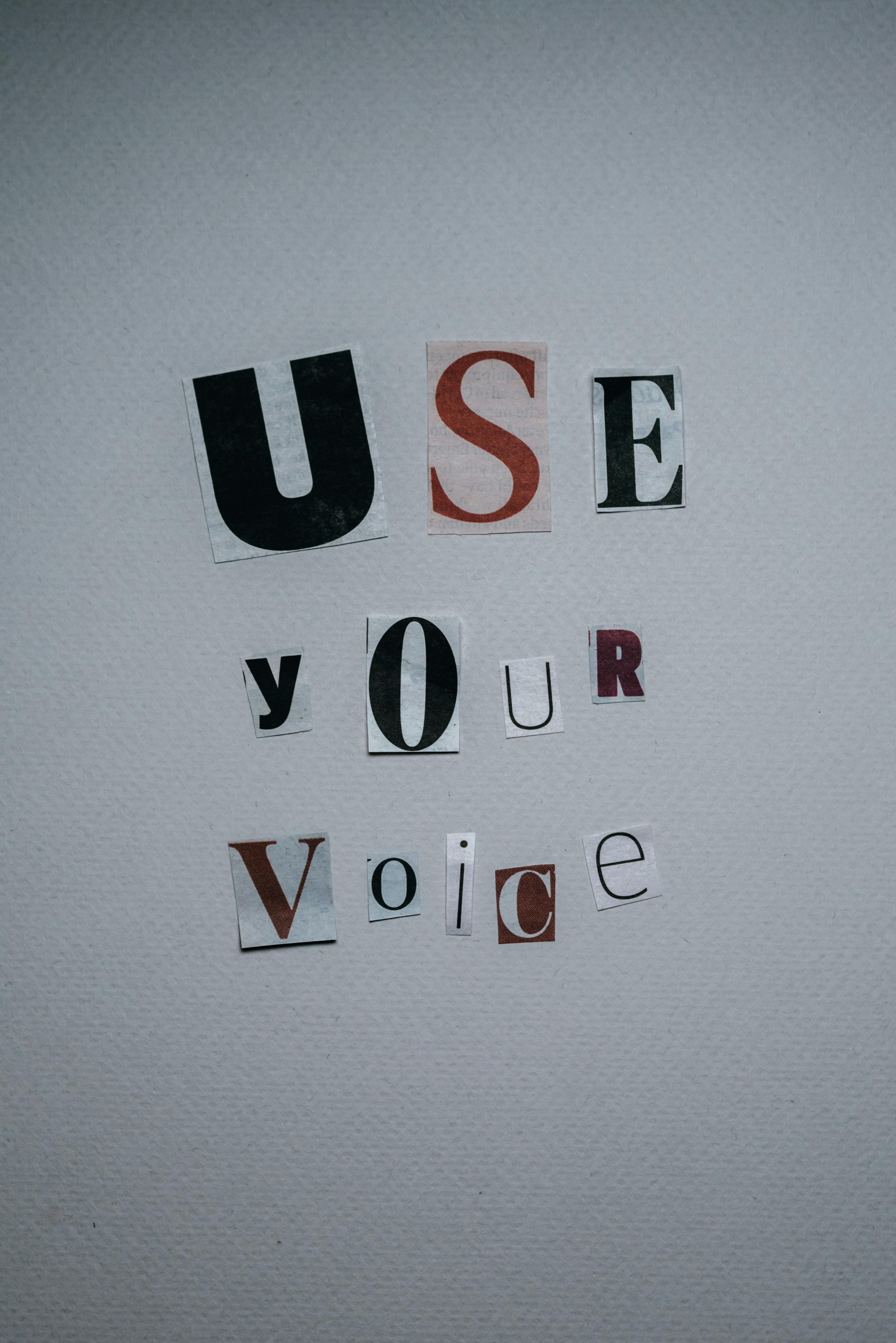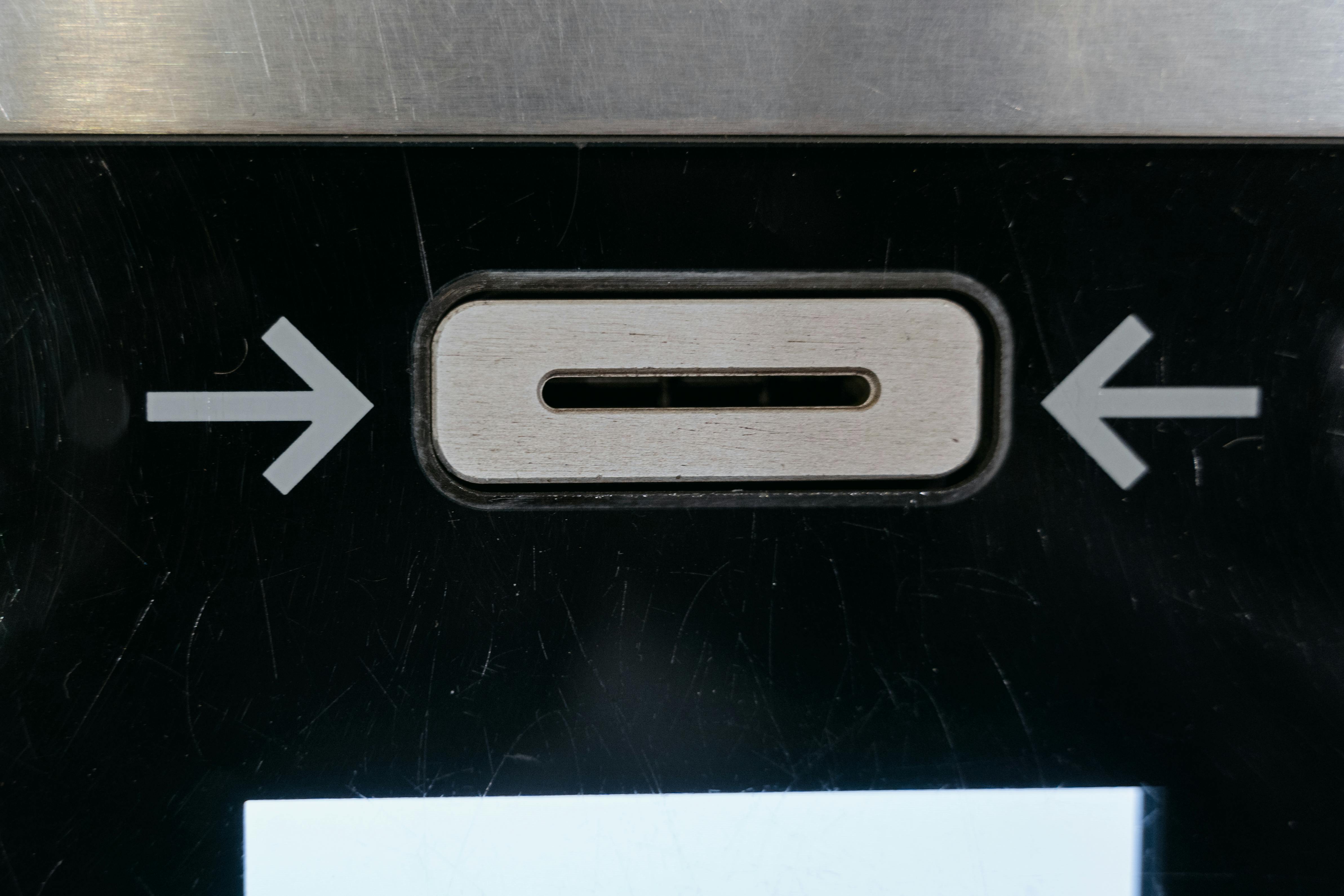
Effective Ways to Attract Hummingbirds in 2025: Simple Tips for a Vibrant Garden
Attracting hummingbirds to your garden creates a delightful, vibrant, and dynamic environment, enhancing the enjoyment of your outdoor space. With a little effort and the right techniques, you can create a hummingbird-friendly space filled with colorful blooms and excellent feeding opportunities. In this article, we’ll explore a variety of effective methods for attracting these beautiful creatures and how to create a haven not just for hummingbirds, but for all forms of wildlife.
Understanding Hummingbirds and Their Needs
Before diving into the practicalities of **attracting hummingbirds**, it’s important to understand their environmental preferences and behaviors. Hummingbirds are attracted to bright, colorful flowers and need reliable sources of food, particularly nectar-rich plants. These birds have evolved to feed on native flowering plants that often provide vital nutrients. Knowing about different **hummingbird species** can help you cater to their unique preferences. Creating an inviting atmosphere becomes easier when you take the time to learn about their **natural habitat**, including the factors affecting their migration patterns and seasonal behaviors.
Nectar-Rich Plants for Hummingbirds
To attract hummingbirds, it's essential to incorporate **nectar-rich plants** into your garden landscape. Popular choices include trumpet vine, bee balm, and salvia. These plants produce ample nectar and offer vibrant colors that hummingbirds find irresistible. Select a variety of **hummingbird flowers** to ensure there's something blooming throughout different seasons, catering to the biodiversity in your garden. Additionally, consider reducing or eliminating invasive species that encroach upon natural ecosystems; this ensures that your garden remains a thriving sanctuary for these delicate birds.
Creating a Hummingbird Garden
A **hummingbird garden** is intentionally designed to attract these beautiful creatures through various landscaping techniques. Include a mix of annuals, perennials, and shrubs that are known to attract hummingbirds, ensuring an ongoing display of blooms. Create clusters of brightly colored flowers that allow for easy feeding access, as hummingbirds prefer to feed in areas where they can hover comfortably. Furthermore, consider adding elements like water sources, including bird baths and misters, to encourage their presence.
Bird-Friendly Design Practices
When planning your **garden design for hummingbirds**, engagement with nature can be pivotal. Include shaded areas to offer rest for feeding birds and always strive for a harmonious blend of aesthetics and function. Herbs like rosemary and basil are also great from a culinary perspective and serve as **pollinator-friendly plants**. Utilize strong colors and unique shapes to attract hummingbird species beyond just the common types, ensuring a diverse environment fostering appreciation for local wildlife.
Feeding Techniques for Success
There are several effective techniques to successfully **feed hummingbirds** and keep them returning to your garden. Hummingbird feeders play a vital role in providing nourishment, especially during migration seasons when natural blooms may be scarce. Selecting and maintaining the right **hummingbird feeders** with appropriate nectar recipes is essential for attracting and retaining these birds.
Homemade Hummingbird Food
Creating your own **homemade hummingbird food** is easy and provides a cost-effective solution compared to commercial options. A simple recipe involves mixing four parts water to one part white granulated sugar, stirring until fully dissolved, and storing the mixture in a clean container. Avoid using red dye; a simple red feeder will suffice in attracting hummingbirds. It's essential to change the nectar weekly in warmer months to prevent harmful mold growth.
Feeder Placement Tips
Strategic **hummingbird feeder placement** is critical for their successful feeding. Place feeders where they can easily spot them from their feeding routes, typically near flowering plants. Avoid spots with heavy sun exposure for prolonged periods, and rather opt for shady areas to keep the nectar from spoiling quickly. Stringing a few feeders together can enhance visibility, drawing more hummingbirds while reducing territorial disputes.
Monitor and Maintain Feeders
The maintenance of your feeding stations is vital for healthy hummingbird visits. Regularly check for cleanliness and refill feeders with fresh **nectar for hummingbirds** as necessary. Cleaning should involve using warm soapy water, ensuring no mold remains in the feeder's interior. Following these tips guarantees a steady stream of these fantastic birds visiting your garden, allowing for ample bird-watching opportunities.
Incorporating Flower Power
Utilizing **bright colored flowers** in your landscape plays a significant role in attracting hummingbirds. Beyond aesthetics, selecting the right blooms further enriches your garden’s diversity. It's worthwhile to research the **best plants for hummingbirds**, as many species are attracted to specific flower colors and shapes.
Seasonal Blooms for Hummingbirds
Choosing **seasonal flowers for hummingbirds** ensures that food sources are reliably available throughout their breeding and migration periods. For instance, consider planting cardinal flowers in the spring, followed by vibrant red trumpet flowers in the summer. Continuously offering food reduces the likelihood of hummingbirds seeking alternate sources that may be harmful.
Native and Eco-Friendly Plants
Incorporating **native flowering plants** is beneficial in multiple ways. Native flora not only co-evolved alongside hummingbirds but also promotes local biodiversity. Consider varieties that naturally support regional hummingbird populations, fostering a sustainable approach to horticulture. Keep **eco-friendly gardening** practices in mind, avoiding harmful pesticides that could impact both birds and beneficial insects.
Pollinator-Safe Practices
Creating a **bird-friendly garden** includes implementing environmentally safe gardening practices. Avoid synthetic fertilizers and choose to use organic alternatives that ensure a healthy ecosystem. Integrate water sources that encourage other pollinators, contributing to a flourishing community of wildlife. Techniques like **creating a hummingbird-friendly environment** not only beautify your garden but also play a critical role in contributing to the existing ecosystem.
Key Takeaways
- Opt for nectar-rich plants and bright flowers to attract hummingbirds effectively.
- Create a dedicated hummingbird garden with thoughtful design elements, including water sources.
- Engage hummingbirds using homemade nectar and maintaining your feeding stations regularly.
- Plant seasonal flowers that provide a continuous food source throughout their visiting periods.
- Commit to eco-friendly gardening practices to enhance your wildlife habitat sustainably.
FAQ
1. What are the best types of hummingbird feeders?
Choosing the right types of **hummingbird feeders** can determine your success in attracting these birds. Common options include tube feeders, saucer feeders, and window-mounted feeders. It's essential to select feeders that are easy to clean, durable, and have ample space for nectar. The best designs prevent mold buildup while also allowing a comfortable feeding experience for the birds.
2. How often should I clean hummingbird feeders?
To maintain a healthy feeding environment, **cleaning hummingbird feeders** should occur every couple of weeks, particularly in warmer weather. During hot months or if you notice mold, inspect and clean them promptly to ensure you provide a fresh, safe nectar source for the birds.
3. Can I use red dye in hummingbird nectar?
It's advisable to avoid using red dye in homemade **nectar for hummingbirds**. Hummingbirds are naturally drawn to the color red in flowers and feeders, eliminating the need for added coloring agents. Simply use plain sugar-water solution served in red feeders to attract them effectively.
4. What flowers are particularly attractive to hummingbirds?
Many plants are known to attract hummingbirds due to their bright colors and nectar production. Some favorites include **trumpet vines**, **salvia**, and **monarda**. Focus on incorporating vibrant, tubular blooms that healthy hummingbird populations prefer.
5. How do I create a habitat that supports hummingbirds year-round?
Creating a year-round **hummingbird habitat** involves careful planning and maintenance. Add a variety of **native flowering plants** that bloom at different times of the year, ensuring continuous food sources. Incorporate safe water sources, reduce pesticide use, and monitor the appearance of flowers and feeders regularly to keep these vibrant creatures visiting.
6. Are there specific hummingbird behavior cues to watch for?
Observing **hummingbird behavior** can provide insight into when and how deeply they engage with their environment. These birds are known for their rapid wingbeats and darting movements, particularly as they approach flowers and feeders for nectar. Pay attention to territorial displays, which often surface during breeding seasons as male hummingbirds defend their feeding territories.
7. How can I diversify my garden to attract more wildlife?
Diversifying your garden landscape includes choosing a mix of **hummingbird flowers**, shrubs, and **pollinator-friendly plants** that cater to various species. By enhancing biodiversity within your garden, you promote healthier ecosystems and attract a wider array of wildlife. Engaging in eco-friendly gardening practices can also foster a balanced environment that benefits birds and other pollinators alike.

